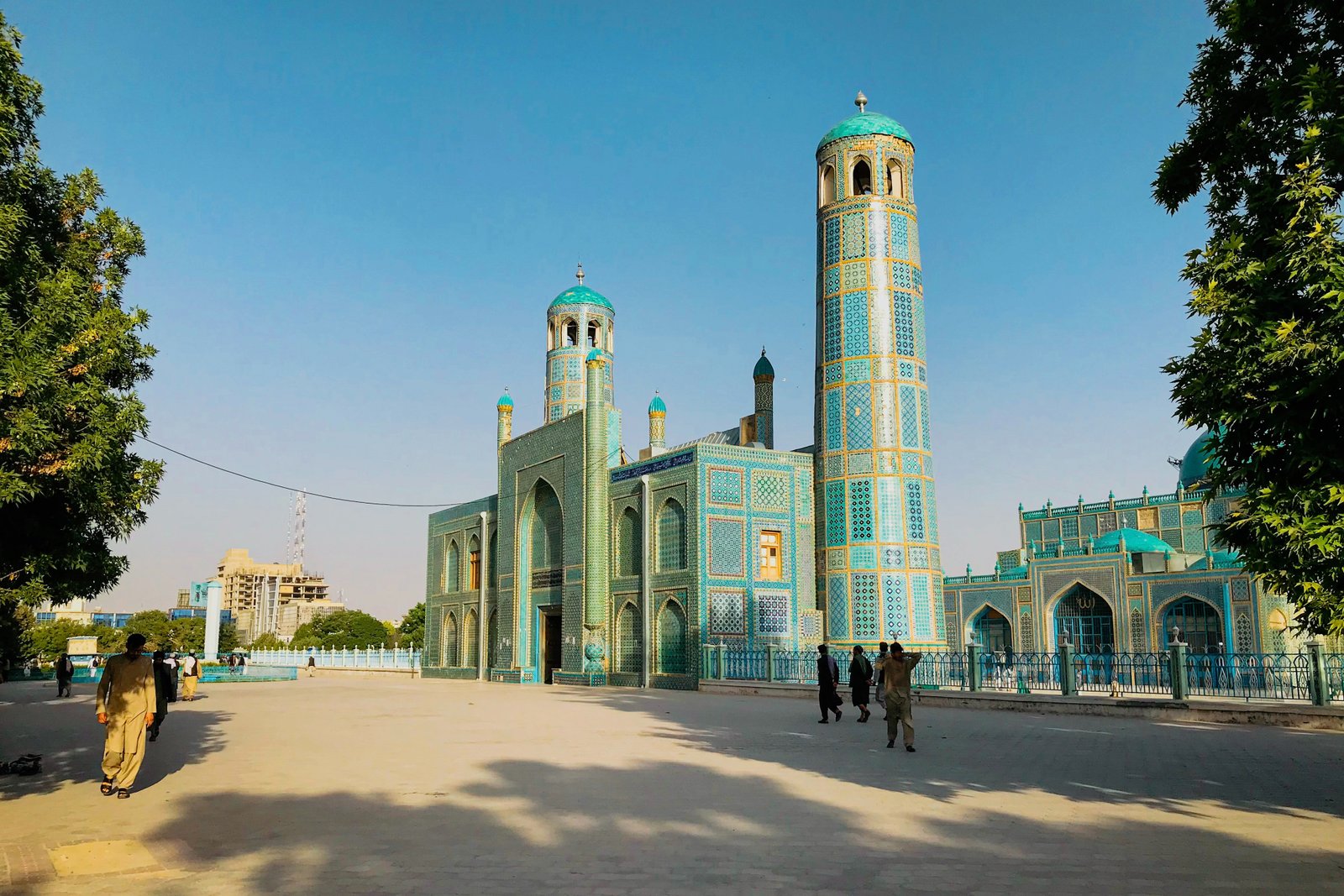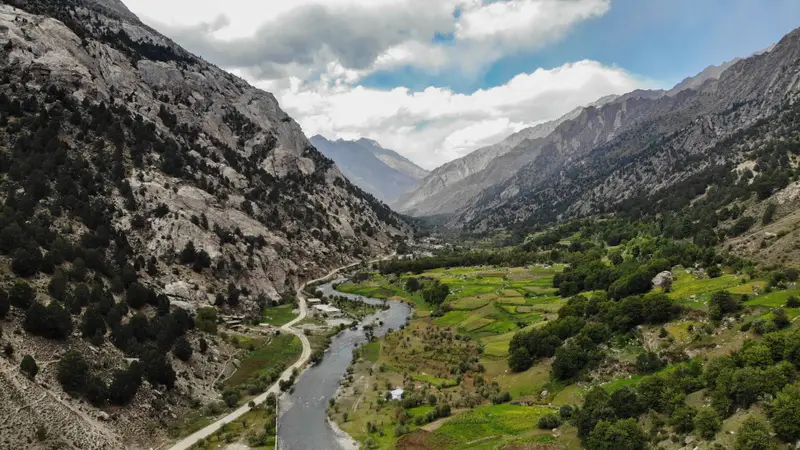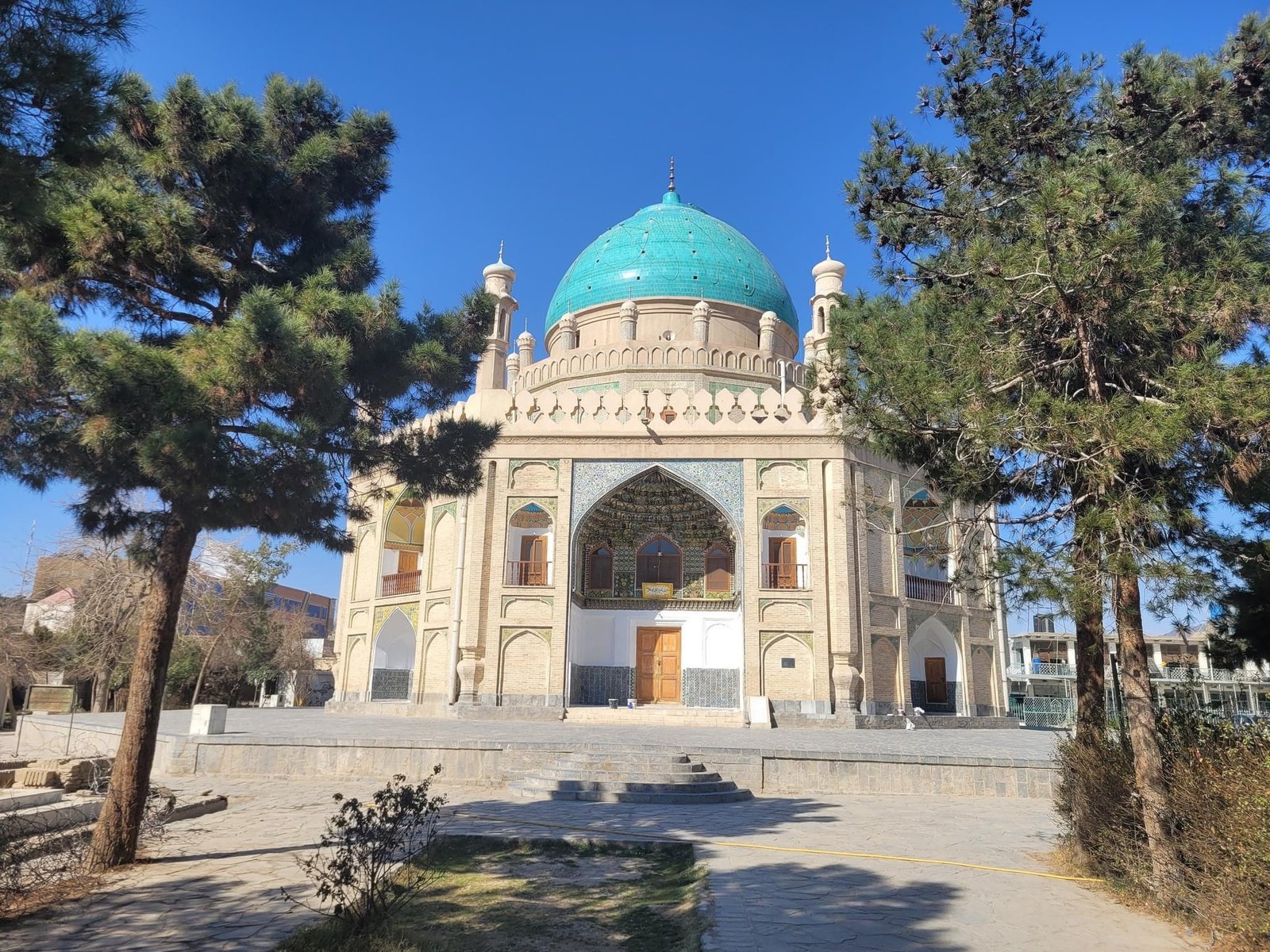
Bamyan
The Valley of God
Bamyan Province known as Valley of Gods is one of the thirty-four provinces of Afghanistan, located in the central highlands of Afghanistan. Its name can be translated as "The Place of Shining Light". In antiquity, central Afghanistan was strategically placed to thrive from the Silk Road caravans that crisscrossed the region, trading between the Roman Empire, China, Central Asia, and South Asia. Bamyan was a stopping-off point for many travelers. It was here that elements of Greek and Buddhist art were combined into a unique classical style known as Greco-Buddhist art.
The province has several famous historical sites, including the now-destroyed Buddha of Bamyan, around which are more than 3,000 caves, the Band-e Amir National Park, Dara-i-Ajhdar, Gholghola, and Zahak ancient towns. Bamyan province also has lots of natural beauties and its famous parts are Qazan Valley, Ice Cave, Baba Mountains, Babur Valley, and Bride Mount.
Top sights of Bamyan
Band-e-Amir Lake (National Park of Afghanistan)
Band-E-Amir is a naturally created group of lakes with special geological formations and structures, as well as natural and unique beauty. Depth is unknown and the color is pure blue. It has a historical and natural background that has not been disturbed until now. The natural aquamarine blue-colored lakes of Band-e-Amir are located at 75 kilometers west of Bamyan town. Each summer, thousands of national and international tourists come and visit Band-e-Amir and enjoy their time in a firmly welcoming tourist environment, packed with local foods and locally-made handicrafts. Band-e-Amir has mostly two seasons, with cool weather starting from May to the end of August, while the cold weather runs the entire time of the year, with frozen lakes capped with huge snow.
Buddha of Bamyan
Built in the 6th century, the Buddha of Bamyan are two monumental-sized statues, standing at 115 and 174 feet tall, carved into the sandstone cliffs of the Bamyan valley in central Afghanistan. These statues best exemplified the Gandharan Buddhist art school, as well as the greater cultural landscape of Buddhism and its influences during the 1st to 13th centuries. In 2001, the statues were destroyed by the Taliban.
Gholghola town (City of Screams)
Shahr-e- Gholghola or Gholghola City is an archaeological site located near the town of Bamyan, Afghanistan. The city of Gholghola is one of the most important tourist places in Bamyan due to its historical, and architectural style and the capital of Buddhist and Islamic rulers. This ancient and touristic city is located on a hill with a height of 100 to 140 meters. And because it’s near the city of Bamyan, attracts every passer-by.
The city of Gholghla was built by Buddhists and maintained by Muslims, according to reports and cultural officials, it was destroyed by the Mongol Genghis attack in 1221 AD.
Zuhak town Afghanistan’s Red City
The city of Zuhak is a collection of ruins of an old city in Afghanistan that was razed to the ground by Genghis Khan's army in 1222 AD. These ruins are located at an altitude of 350 meters above sea level in Tagao Valley in Bamyan. These ruins are also known as "Red City" because of the red rocks and valleys around them.
Baba Mountains
Koh-e-Baba mountain, located south of Bamyan city, is an extension of the Hindu Kush range. The highest peak, called Shah Foladi, rises 5,000 meters above sea level. There are several huge natural lakes on the top of Koh-e-Baba, attracting many sightseers and hikers every year.
Babur Dara
Babar Valley is one of the natural beauty areas located in the Yakawlang Bamyan district. The natural beauty of this region is untouched and hidden from foreign tourists. Babur Valley is famous for its beautiful waterfalls, clear lakes, and scenic areas where there are wild and domestic animals.
Qazan Valley
Qazan Valley is located near the city of Bamyan. This is a beautiful and scenic valley with a pleasant climate and pleasant nature. Every year, thousands of domestic and foreign tourists visit this beautiful region. The nature and the sparkling lakes with clear water that originate from the mountains of Baba have turned this valley into an excellent recreational area.
Ice cave
Ice Cave is a natural cave in the Qazan Valley. In spring and summer, transparent piece of ice hangs from the ceiling of the cave in the form of large natural pillars. This cave is located at a distance of 45 km from the city of Bamyan in the domain of Koh-e Baba and in the Qazan Valley. Ice Cave is one of the tourist attractions of Bamyan province which attracts hundreds of people every year.
Bride Mountain
Bride Mountain in the east of Kotal Shatu/Shatu and about 140 kilometers from the center of Bamyan is one of the unique natural attractions in this province, which has remained unknown to many.
Popular handicrafts of Bamyan City
There are more than 60 types of handicrafts of the people of Bamyan, and the most famous types are as follows:
- Silk embroidery
- Batu Bafi
- Barak
- Khamak Dozi
- Carpet weaving




